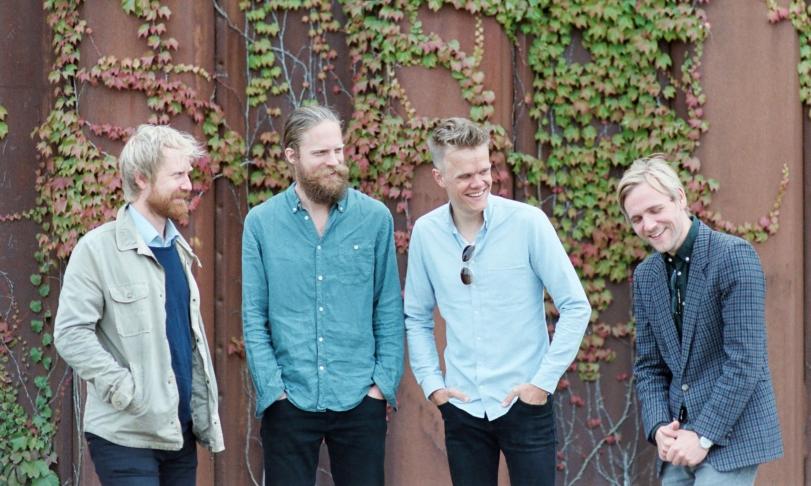
The Danish String Quartet has many faces compared to conventional string quartets. Like the competition it can play classical music from Haydn to Nielsen. Of course, it can also be modern. However, it can also play folklore, and this not from the point of view of classical music, but deeply rooted in Danish folk music, playing rough and hands-on to dance. Their album Wood Works from 2014 is evidence of the quartet's convincing folk competence. That the Danes are serious about their commitment to folk music is indicated by the fact that further albums are planned for the label ECM, which has already released the album Last Leaf with Nordic folklore. Understandably, ECM is so taken with the Danish String Quartet that a year ago the PRISM series was launched, which revolves around Beethoven's last quartets, each of which is related to a Bach fugue and a modern work. Fascinating. Such an exciting programming is anything but an everyday occurrence and speaks for the open-minded world view of this quartet as well as for the Munich label ECM, for which unusual programming with and around classical music is the elixir of life.
Following last year's PRISM I, which featured Shostakovich's 15th String Quartet as a modern alternative to Bach and Beethoven, PRISM II brings Schnittke's String Quartet No. 3 into interaction with Beethoven's subsequent String Quartet No. 13, followed by the Great Fugue op. 33 by the Bonner Meister as the final movement. Anyone familiar with Bach's Fugue in B minor from the first book of the Well-Tempered Piano in the sober rendition by Glenn Gould will disbelieve when they hear the arrangement of Beethoven's contemporaries Emanuel Aloys Förster interpreted by the Danish String Quartet as the first piece on Prism II. It is not the completely different, elegiac sound of the strings that makes you stop, but the calm, infinitely relaxed, deeply sensitive approach of the Danes, who make Bach sound timelessly valid, contrary to Glenn Gould's modern, sober view.
Alfred Schnittke's String Quartet No. 3 from 1983, which unexpectedly organically follows Bach's Fugue, is a typical example of the compositional style of the German/Russian composer, who has incorporated allusions to other stylistic epochs and other musical areas in all his works by alienating, breaking and connecting them. In the 3rd String Quartet the allusions experience a kind of mounting in and processing of, among other things, quotations from Orlando di Lassos and the main theme of Beethoven's Great Fugue, whereby the bridge to Beethoven is built on PRISM II. The Great Fugue is considered one of the boldest compositions by Ludwig van Beethoven, who is not exactly poor in the boldness of his musical inventions. Naturally trimmed for precision and temperament, the Danish String Quartet can deal perfectly with Beethoven's audacity embodied in the Great Fugue like few of its competitors. The light and darkness of the fugue are ideally staged on the basis of soft sound generation and also find their ideal counterpart in the preceding string quartet, which is interpreted as a prelude to the mighty finale in the form of the great fugue.
PRISM II proves to be a milestone in the still short history of the PRISM series by ECM with the well-placed, multi-faceted Danish String Quartet.
Danish String Quartet






